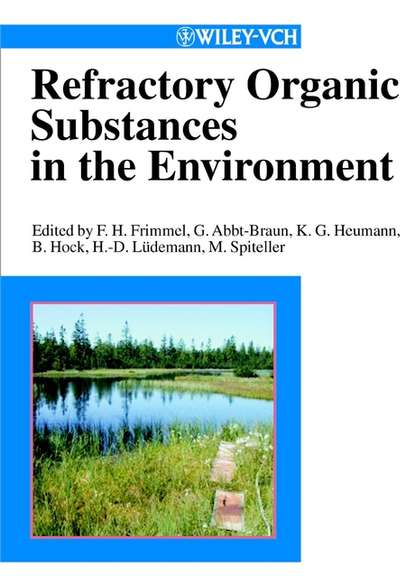
Refractory Organic Substances in the Environment скачать fb2
Michael Spiteller - Refractory Organic Substances in the Environment краткое содержание
Refractory organic substances (ROS) are an essential part of the biogeochemical carbon cycle. Wherever there is life on earth, there will also be ROS in the form of poorly biodegradable leftovers of organisms and as a source for new life. Furthermore, it is now beyond doubt that ROS are closely related to the carbon intensity identified as one of the driving forces in the dynamics of green house gas emission, such that ROS play a key role in sustainable development. 'Refractory Organic Substances in the Environment' provides the results of six years of top-priority research, funded by the Deutsche Forschungsgemeinschaft (DFG). This research program investigated the structure and function of ROS in different parts of the environment, from a chemical, physical, biological, and soil scientific point of view. It included the first systematic study of a set of reference samples from Central Europe, originating from a bog lake, soil seepage water, groundwater, and from the wastewaters of a brown coal processing plant and a secondary effluent. Thus, this work not only highlights the structural features obtained from the application of advanced analytical tools, but also the function in anthropogenically influenced aquatic systems and soils. Of special interest to students and researchers in life sciences.
Чтобы оставить свою оценку и/или комментарий, Вам нужно войти под своей учетной записью или зарегистрироваться



